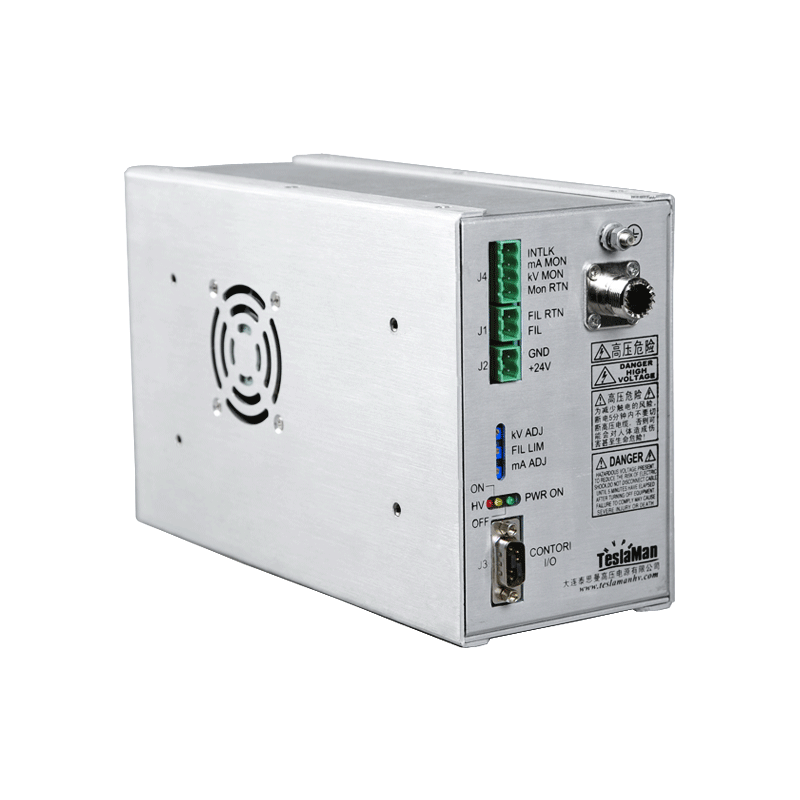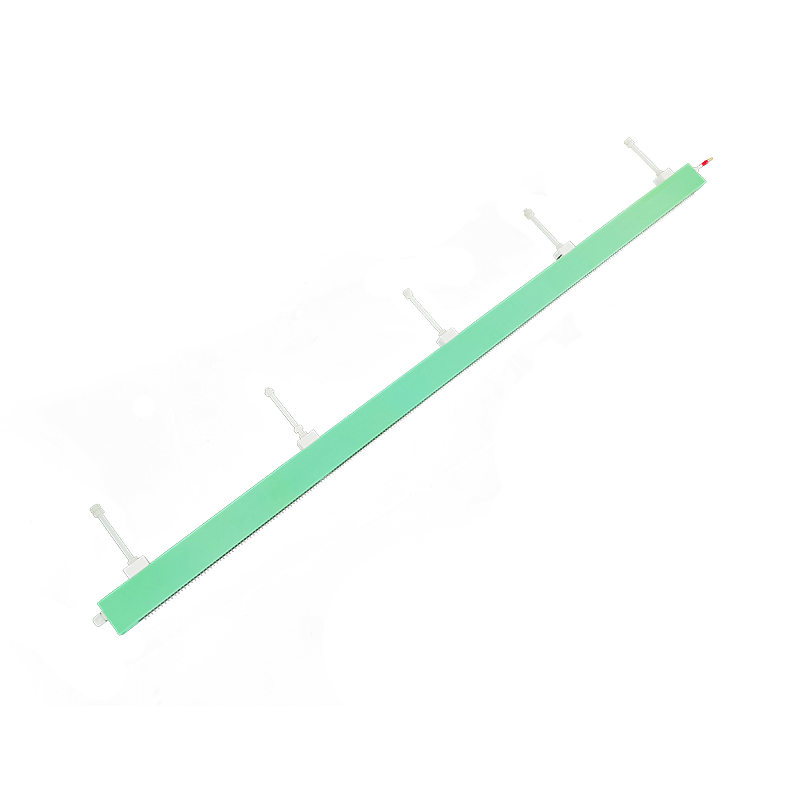Intelligent Control Trends for Power Systems in Ion Implantation Equipment
The evolution of high-voltage power systems in ion implantation equipment is closely tied to the growing demand for precise dose delivery, enhanced beam stability, and higher throughput in advanced semiconductor manufacturing. Ion implanters depend on multiple high-voltage sources, including acceleration supplies, deceleration stages, beamline steering modules, and extraction power units. As device dimensions shrink and ultra-shallow junction formation becomes increasingly sensitive, the industry is shifting toward intelligent, algorithm-driven control architectures that elevate both electrical precision and system adaptability.
A primary direction in intelligent control is the integration of high-speed digital regulation platforms. Traditional analog feedback circuits, although stable, cannot support the predictive modeling and adaptive compensation required for next-generation implantation recipes. Modern digital control systems employ real-time signal processing to identify transient disturbances in milliseconds. These controllers adjust duty cycles, switching frequency, and waveform shape dynamically, maintaining stable beam energy even under fluctuating load conditions caused by plasma variations or wafer-charging effects. Intelligent compensation reduces energy jitter, ensuring that dopant depth profiles remain consistent across wafers and lots.
Another central trend involves the fusion of machine learning with beam diagnostics and electrical-feedback pathways. Ion implantation includes complex interactions between plasma extraction, space-charge dynamics, and beam transport optics. Large volumes of diagnostic data—beam current, uniformity readings, electrode temperature, arc occurrences, and voltage ripple—can be fed into adaptive algorithms that refine voltage setpoints before deviations become significant. This transforms the power supply from a reactive unit into a predictive subsystem capable of anticipating instability patterns. By recognizing precursors to beam drift or charge buildup, intelligent power supplies can apply micro-adjustments to acceleration voltage or suppression fields, reducing beam-tail broadening and improving implant uniformity.
Self-calibration is also becoming an important feature within intelligent high-voltage systems. Over time, internal component drift—such as capacitor ESR changes, magnetics aging, or sensor offset drift—can degrade the precision of voltage delivery. Automated calibration routines periodically measure internal reference values, compare them against stored baseline models, and adjust control coefficients to maintain long-term electrical accuracy. This reduces the frequency of manual maintenance and enhances process stability, particularly for high-energy implants where drift can have significant effects on dopant penetration depth.
The introduction of advanced arc-management intelligence is critical for maintaining both equipment protection and beam quality. Ion sources and extraction electrodes commonly experience micro-arcs due to plasma fluctuations or surface contamination. Modern intelligent detection algorithms monitor derivative changes in voltage and current waveforms at sub-millisecond resolution. Instead of merely shutting down output upon detecting an arc, the system evaluates severity, repetition patterns, and recovery behavior to apply optimized suppression strategies. This reduces unnecessary beam stops and minimizes disruption to the implantation process, improving uptime and throughput.
Communication integration represents another trend shaping power-system intelligence. Next-generation implanters require high-voltage supplies that can exchange real-time data with beamline controllers, wafer-handling units, and environmental sensors. High-bandwidth communication links allow power supplies to synchronize with beam tuning procedures, automatic recipe transitions, and vacuum-state changes. When the beamline undergoes magnetic-field adjustments or pressure fluctuations, the power supply can automatically refine its output behavior to preserve beam trajectory and focus. Intelligent coordination reduces warm-up time and ensures smooth transitions between implant modes, especially in multi-energy or multi-species recipes.
Energy efficiency is an emerging priority within intelligent power control. As fabs pursue carbon reduction and cost optimization, high-voltage supplies must minimize conversion losses while retaining electrical stability. Intelligent control algorithms evaluate load conditions and adjust switching modes to match real-time power demands. During low-load intervals, such as beam-off sequences or standby modes, the system can reduce switching frequency, disable nonessential circuits, or enter low-loss operation states. These optimizations decrease thermal output, extending system lifetime and reducing cooling-system burden.
Fault prediction and condition monitoring form another major dimension of intelligent power-system development. Continuous analysis of component-level signatures—such as transient distortions, leakage-current trends, switching-device temperature gradients, and insulation behavior—enables predictive maintenance. Algorithms can flag early anomalies that indicate capacitor degradation, insulation fatigue, or electromigration in switching elements. Maintenance can then be scheduled proactively, reducing unplanned downtime and ensuring uninterrupted production cycles.
As integration density increases, intelligent control also plays a crucial role in electromagnetic compatibility. Power supplies employ active noise-cancellation strategies, adaptive filtering, and dynamic grounding optimization to minimize electromagnetic interference that could affect beam-position monitors or dose-control sensors. Intelligent EMI management allows the implanter to operate at higher electrical precision without being affected by high-voltage switching artifacts.
Combined, these intelligent control trends redefine the role of power systems in ion implantation. Instead of functioning as isolated voltage sources, high-voltage units are evolving into interconnected, adaptive, and predictive components that directly enhance implant accuracy, tool reliability, and production efficiency.




















